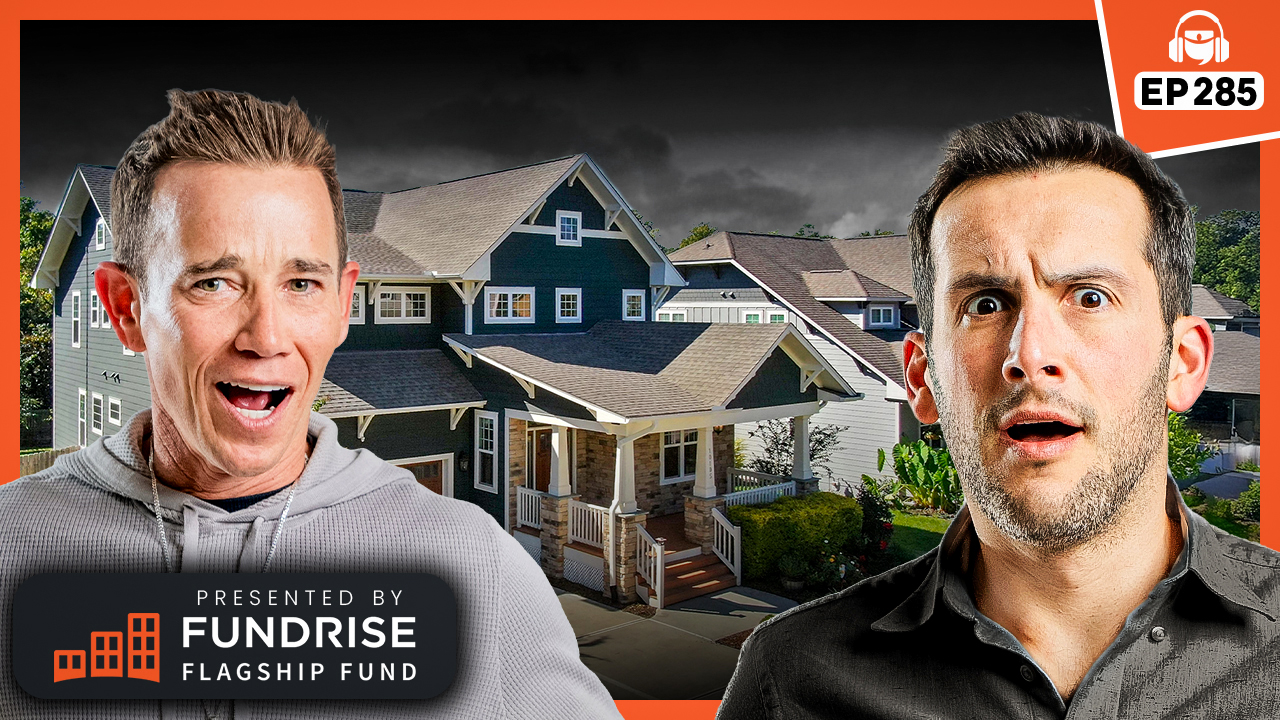Barely a day goes by when interest rates are not front-page news, as buyers, sellers, and those looking to refinance anxiously await news of a rate cut in hopes of reducing their mortgage payments. However, not all states are the same regarding the amount of money homeowners stand to lose if they move. That’s because each state has its own mortgage rate averages, which tend to stay around the national average. At the time of this writing, that’s 6.85%.
But despite the clamor for a rate change, most homeowners in the U.S. are not feeling the crunch of high interest rates in their mortgage payments. That’s because 86% of current mortgages are below 6%, with the average rate being 4.1%, according to a report in U.S. News.
The extent of the stranglehold, or mortgage lock-in effect that the homeowner or investor experiences, is based on a borrower’s current mortgage rate versus the rate they would have to pay for another house, should they decide to move. For many Americans, that is around a 3% loss. For example, if your current rate is 4% and the national average is 7%, that 3% differential or rate gap will determine how much it will cost you to move within that state.
According to the U.S. News report, at the time of writing, the average mortgage rate lock-in gap was 3.15 percentage points. Using the national average loan amount of $357,000, the principal and interest payment on a new mortgage at 7.25% would be $2,435 compared to the existing rate of 4.1%, where the payment would be $1,817—an increase of $618 or 34%.
The report revealed some interesting statistics:
- Colorado has the widest mortgage rate lock-in gap in the U.S., with a spread of 3.45 percentage points.
- Texas has the narrowest mortgage rate lock-in gap, at 2.55 percentage points.
- New York and New Mexico are tied for the second-smallest lock-in gaps, at 2.575% differentials.
- When buyers apply these rate lock-ins to high-cost-of-living states like Hawaii and California, where buyers sell their existing homes and purchase new ones, their payments can increase dramatically by as much as 60%.
Ways to Mitigate the Rate Lock-In Effect for Real Estate Investors
So, if you want to get around this phenomenon, how do you do it? Here are some strategies for investors.
An assumable mortgage
The Bank of America website says: “A home loan assumption allows you as the buyer to accept responsibility for an existing debt secured by a mortgage on the home you’re buying.
The two processes available to suit your needs are Qualified Assumptions and the Name Change and Title Transfer Requests.”
If a lender such as BOA agrees to a mortgage assumption, the borrower gets to keep the same rate as the previous homeowner for the cost of simply paying a service, often as little as $750. According to the Wall Street Journal, the Federal Housing Administration (FHA) processed just under 3,350 mortgage assumptions in 2023 as of Sept. 30, up from 2,570 the year prior. Over 20% (22.3%) of mortgages are government-backed, making them assumable, meaning 11 million homeowners in the U.S. potentially have assumable mortgages.
The number crunchers at U.S. News ran the data and found Mississippi has the highest rate of assumable mortgages in the country, with 38.7%
Increase rents
Rental increases have been a hot topic of discussion recently, with the Biden administration proposing capping increases at 5% for owners with over 50 units. However, high interest rates and increased insurance costs have given many landlords no choice but to increase rents to offset expenses. Lower interest rates—which are surely around the corner—could be a panacea to end the hurt.
Decrease property taxes
Appealing your property tax assessment is familiar for real estate investors, especially in light of increased property values. However, only 5% of property owners appeal their taxes, according to the National Taxpayers Union Foundation.
Depending on your location, it’s generally best to go through an experienced lawyer or tax appeal company that does this daily. Having used an intermediary myself, I can attest that the savings can be significant.
Lower your landlord insurance costs
With property insurance costs soaring, many investors are wondering how to lower them. This article demonstrates some methods. Decreasing insurance on a multiunit building can amount to huge savings per year.
Cost segregation
If you are a real estate investor, presumably, you are already taking advantage of depreciation and expenses in your yearly taxes. But are you also taking advantage of cost segregation if you are a multifamily investor?
This BiggerPockets forum post by Julio Gonzalez, a national tax reform expert, states:
“A Cost Segregation study is an IRS-approved federal income tax tool that increases near-term cash flow by utilizing shorter recovery periods for depreciation to accelerate return on investment…It can increase potential insurance premium savings and provide support for the property tax appeals process. Additionally, it can help maximize renovations and improvements.”
Final Thoughts
With 86% of property owners sitting on a 4.1% interest rate, it’s understandable that many would be reluctant to move and lose this low rate. However, moving is unavoidable sometimes, such as in the case of job relocation, divorce, and/or an expanding family. Similarly, real estate investors might have to buy properties based on 1031 exchange timelines or may simply not want to sit on the sidelines until rates drop and then face tough competition from other investors.
In these instances, the goal is to offset the short-term expense of a higher interest rate until you can refinance once rates drop. Whatever state you’re in, releasing your low-rate lock and not incurring a huge expense increase could be possible with some number-crunching and creative thinking.
Ready to succeed in real estate investing? Create a free BiggerPockets account to learn about investment strategies; ask questions and get answers from our community of +2 million members; connect with investor-friendly agents; and so much more.
Note By BiggerPockets: These are opinions written by the author and do not necessarily represent the opinions of BiggerPockets.


















%20(2)%20(1).jpg)


Discussion about this post